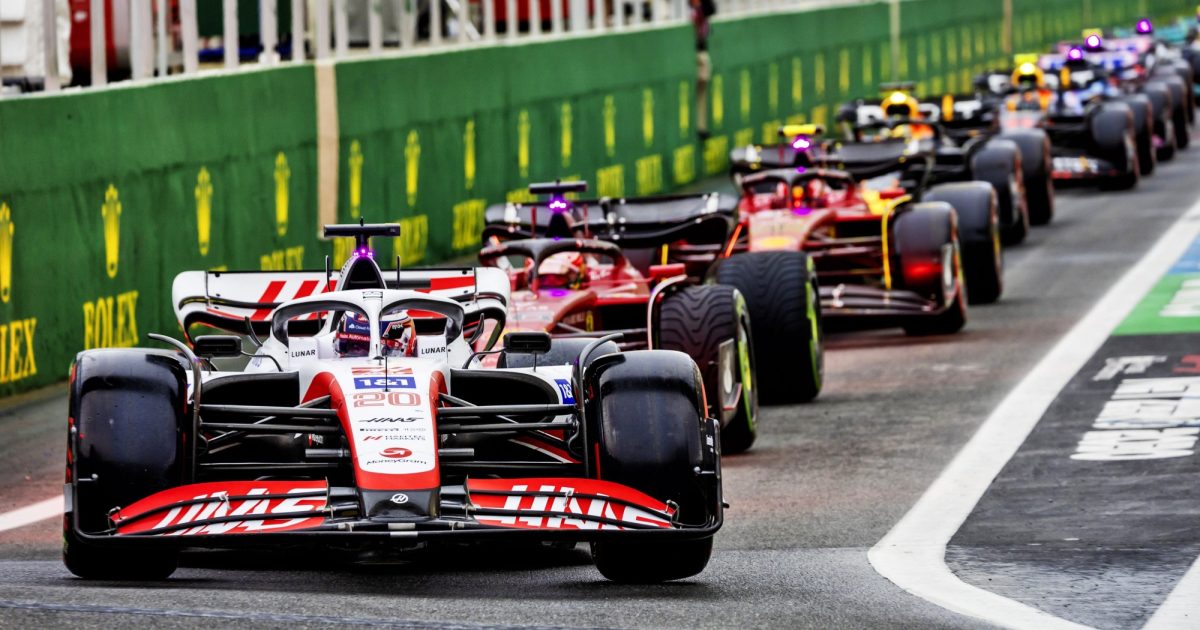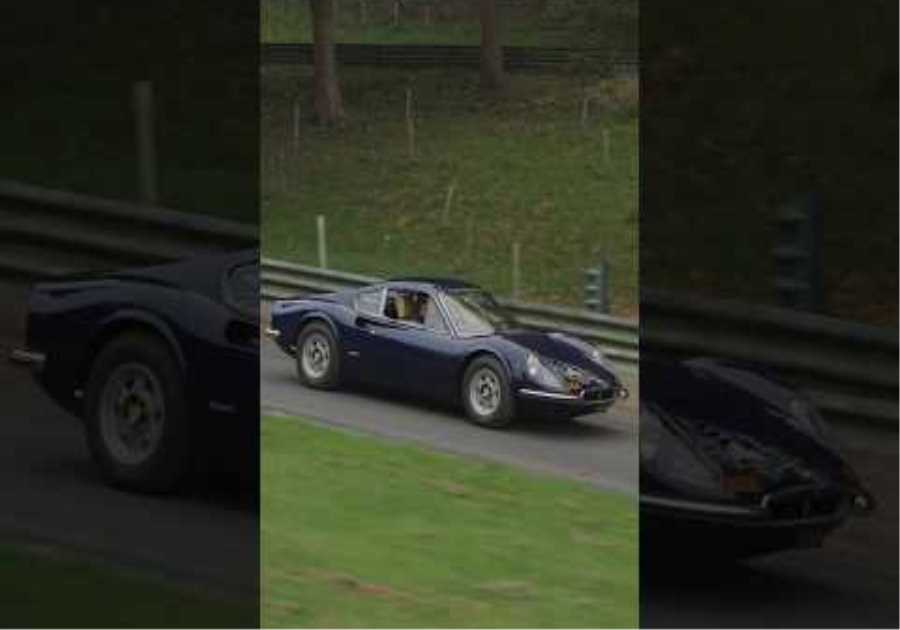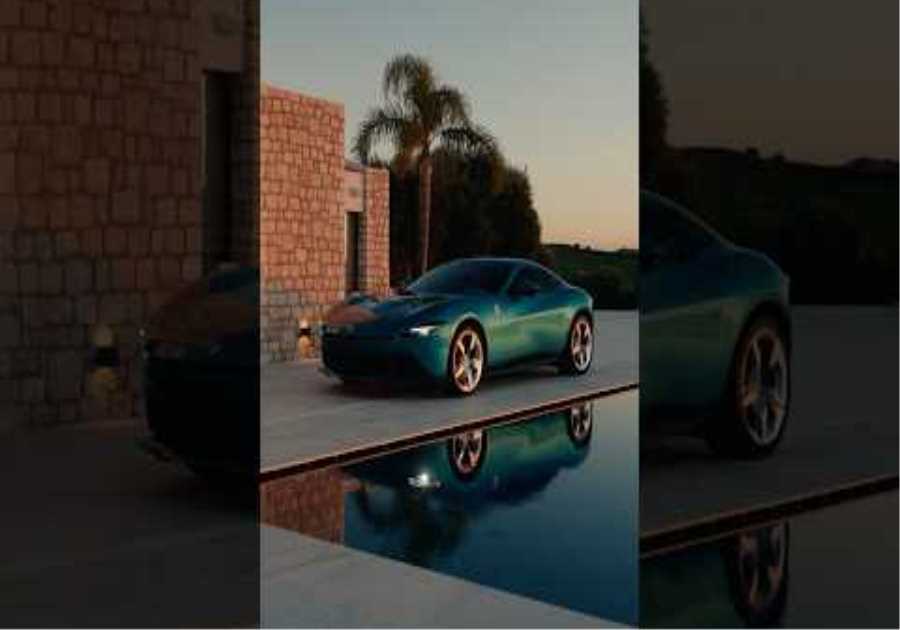
In the world of Formula 1 before the cost cap was introduced, front-running teams like Mercedes and Red Bull were spending hundreds of millions of dollars a year to put two race cars out 22 or so times a year. Every year.
And with no guarantee of how exactly that endeavor would play out come the end of the season once the prize money was dished out, it was unsustainable, with no new teams entering since the Class of 2010 – all three of whom had disappeared by 2017.
Except one: Haas.
But owner Gene Haas and boss Guenther Steiner were not about to be reckless and try to match the budgets of the behemoths. Instead, some savvy reading of the rulebook led to an all-new way of going Grand Prix racing.
Instead of designing and building every aspect of their car themselves, Haas would buy as many non-listed parts, now known as Transferable Components, from Ferrari as possible: think suspension, gearbox, rear crash structure and other internal parts.
The team would be required to design so-called listed parts (now Non-Transferable Components) themselves, such as the survival cell and aerodynamic surfaces.
This was, and remains completely legal – as long as no intellectual property or other data finds its way from Ferrari to Haas or vice versa.
Throw in the fact that Haas have their design office within Ferrari’s Gestione Sportiva complex in Maranello and it’s easy to see how contamination could occur.
However, as RacingNews365.com found out during a recent visit to the design office, Haas – who had extended the invitation and informed Ferrari – strict measures are in place to keep everything above board.
Access restrictions and the FIA’s random checks
“What we have here in Maranello is a group of designers, aerodynamicists, test engineers and structural engineers, plus some guys involved in simulation,” says chief designer Simone Resta.
“The model makers, are mostly coming in from [chassis-builder] dallara
“[The aerodynamicists] are all Haas members, they are all Haas F1 Team members.
“We are independent companies who are actually competitors. There are areas controlled by different badge entry, so the badge doesn’t work if you want to go into other places.
“When you [RacingNews365] came in, you were supported by HR, and if you had a Ferrari badge, you couldn’t come in [to the Haas offices].
“The FIA come occasionally but not on a planned basis. They can come in the morning and knock on the door and ask [to tour].
“It’s absolutely [a random check].”

©Haas
Resta: Wind tunnel usage ‘like Aston Martin and Mercedes’
One of the biggest concerns shared by some of those in the paddock is that of the usage of the wind tunnel at Maranello.
With each team having limits on the number of runs they are permitted to have, the suspicion of cross-pollination between Haas and Ferrari was high.
Resta (below, with RacingNews365‘s Dieter Rencken), points out what exactly those strict measures are to ensure this cannot happen.
“There is a calendar that is agreed between the two companies,” he says regarding the use of the wind tunnel.
“We have our slots and there are two independent systems and independent sets of data, with different models. It is completely different.
“It’s a fairly established set-up that has been in place for years. AlphaTauri use the same wind tunnel as Red Bull, Aston Martin use the same as Mercedes, so it is fairly established.”
The only other area where Ferrari and Haas cross paths – other than at Grands Prix (the latter does not use the Fiorano test track) – is in the simulator, but even this comes with caveats.
“We don’t have a simulator,” says Resta.
“We occasionally use the older simulator that is now out of the F1 program, but that’s only been for select activities.
“It is a matter of money and investment and we feel this is the right compromise as we only do a small program on the old simulator.”

©Haas
Resta: We make our own choices
Despite buying all the parts from Ferrari that they are allowed to by F1’s regulations, in Resta’s view, it does not make Haas dependent on the former for any upgrades and it is not simply a case of waiting for upgrades on those transferable parts.
“We are not depending on them at all, it is completely our program,” he says.
“We are independent and Ferrari is a competitor to us, so we run our own wind tunnel program and then decide when to [test] some components. We have our own choice and there is no link at all.
“We need to understand if we want to purchase [the upgrade] or not. At the end, it is a cost we need to balance with the resources we’ve got to develop the car and find where is best to spend the money and then we can decide what to do.”

©Haas
Ensuring legality before production
With aerodynamics proving such a differentiator between teams, keeping any advantage they can is high on every team’s to-do list.
Seeing as Haas must design their own aerodynamics under the Non-Transferable Components rules, Head of Aero Arron Melvin (above) admits that it would be embarrassing to be caught copying.
“I’m not saying we certainly don’t want to produce anything, but we have a lot of checks,” he says.
“Before we even produce just for one of our wind tunnel runs, [the part] should be legal.
“It is a difficult balance because it is very time consuming, so if you’re 99% legal, it is quite different to 100%.
“[The FIA visit] and we show them exact compliance [with the rules]. It’s common to all the teams.
“They are very thorough and it is a fair competition. It’s a tough competition, but we know it is fair.”
Tough, but fair competition, indeed. Rather than spending, and losing millions, in an attempt to create a successful Grand Prix team, through their clever reading of the rulebook, Haas revolutionized how to go racing in F1.
It brought them immediately into the midfield to fight for points, where they have largely remained since entering the championship in 2016.
The only question then those who are not enamored by the Haas-Ferrari partnership should have is: ‘Why didn’t we think of that before?’
Did you miss our previous article...
https://formulaone.news/haas/kevin-magnussen-no-longer-a-weight-on-my-shoulders-in-scary-f1






